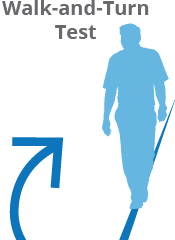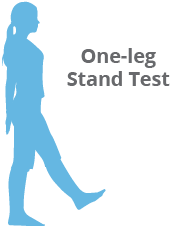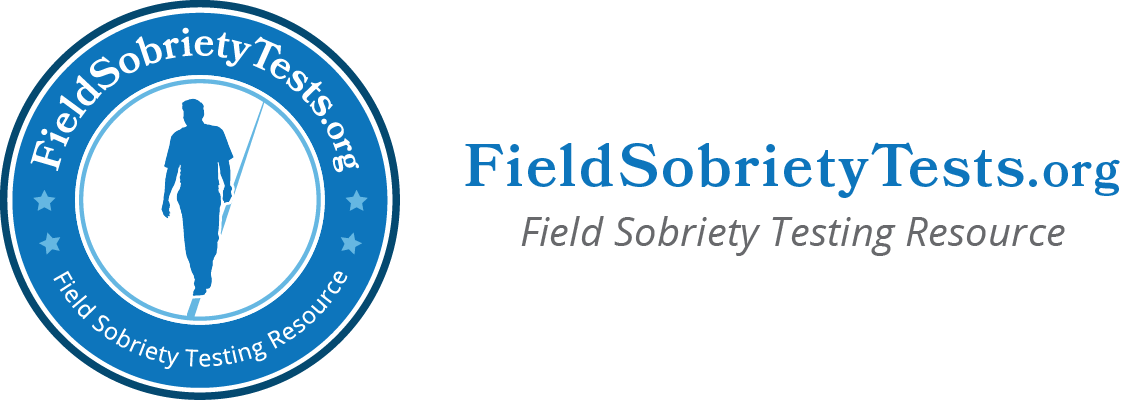Standardized Field Sobriety Testing
Nationwide, law enforcement agencies use field sobriety tests to determine if there is probable cause for a DUI arrest. Unfortunately, field sobriety tests are not always an accurate indication of impairment and the subjective test results could later be used against you in court.
Standardized vs. Non-Standardized Field Sobriety Tests
In the past, a number of tests were administered to evaluate impairment, including the finger-to-nose, counting backwards and alphabet tests. Because so many different tests were being used, the National Highway Traffic Safety Administration (NHTSA) decided to study them in an effort to determine which were the most reliable.
Of all the tests they researched, three proved to have the best correlation with intoxication when administered together: the horizontal gaze nystagmus, walk-and-turn and one-leg stand. After identifying these tests, the NHTSA developed strict protocols that must be adhered to during their administration. This means that, no matter who is giving the test, the instructions and scoring must be the same.
Not All Field Sobriety Tests are Proven
Because the standardized field sobriety tests must follow certain guidelines, contesting a poorly administered or graded test is possible. A defense attorney could request videotape evidence from the patrol car's dashboard camera to view the defendant's performance and determine if the test was accurate.
Non-standardized tests, however, have not been proven effective at establishing blood alcohol content (BAC) levels. If a driver was asked to perform the counting backwards or hand pat test, a defense attorney could argue that these tests are unreliable and should not be entered as evidence in court.



